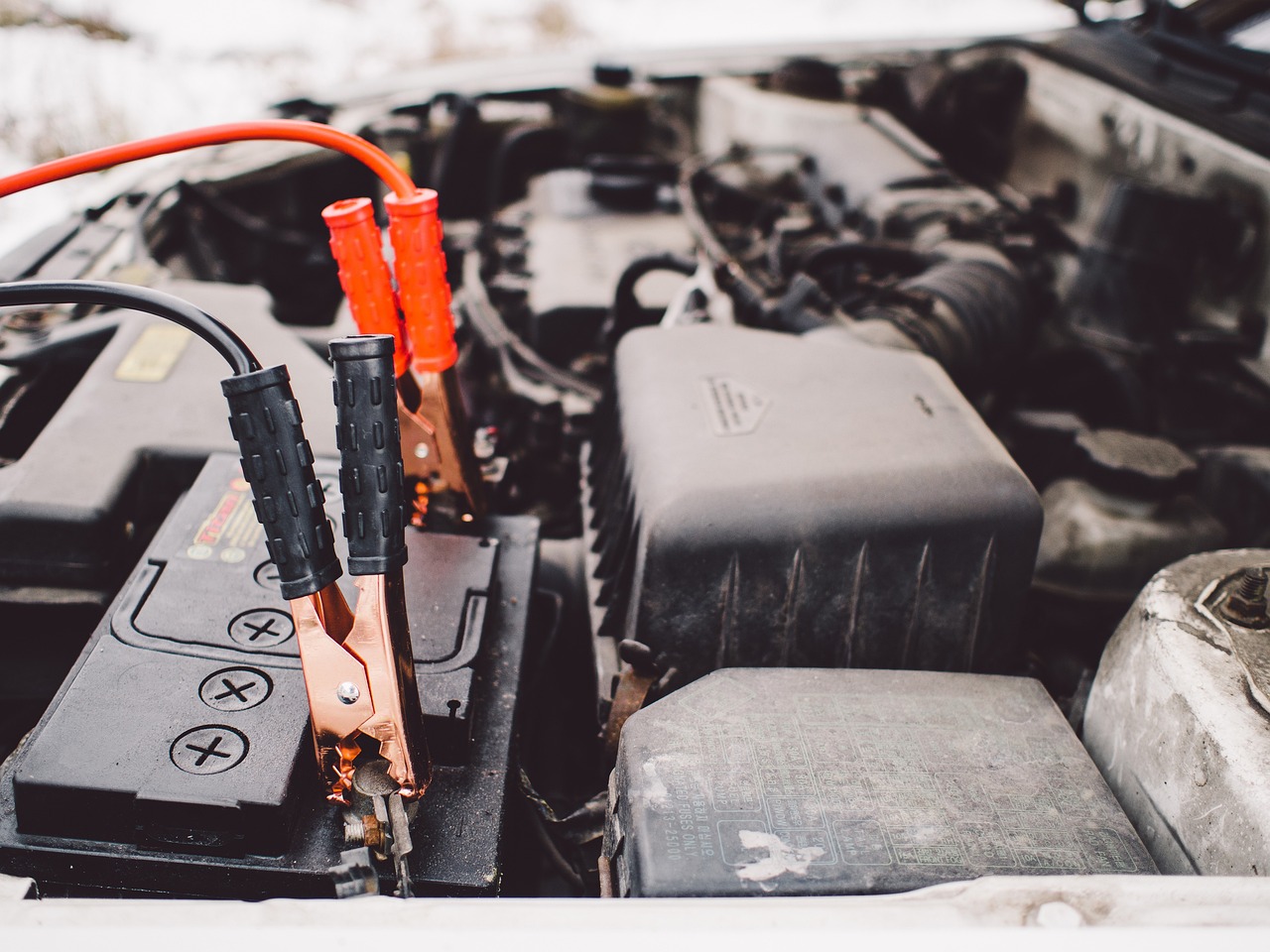Are you tired of the dreaded range anxiety that comes with owning an electric vehicle? 🔌🚗 You’re not alone. As EV adoption continues to surge, many drivers find themselves constantly worried about running out of juice before reaching their destination. But what if we told you there are proven strategies to extend your EV’s range and put those worries to rest?
In this ultimate guide, we’ll dive deep into the world of electric vehicle efficiency and reveal the secrets to maximizing your EV’s range. From understanding the factors that affect your battery life to mastering driving techniques that can add miles to your journey, we’ve got you covered. Whether you’re a seasoned EV enthusiast or a curious newcomer, you’ll discover valuable insights that will transform your electric driving experience.
Get ready to unlock the full potential of your electric vehicle as we explore optimizing battery performance, leveraging cutting-edge technology, and making the most of charging infrastructure. We’ll even show you how to adapt to seasonal changes that can impact your range. So buckle up and prepare to leave range anxiety in the rearview mirror – your journey to extended EV range starts here! 🚀
Understanding EV Range Factors
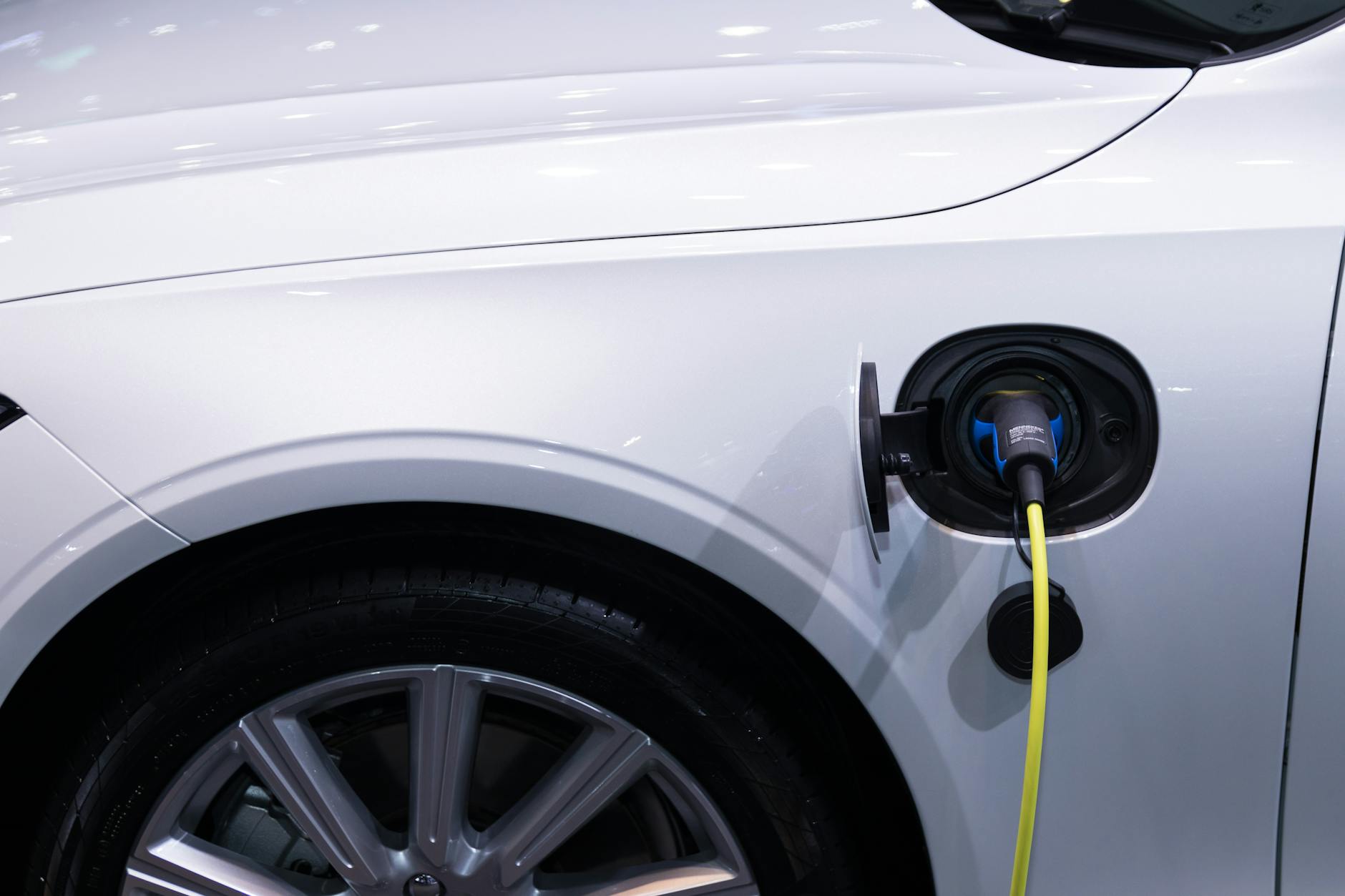
Battery capacity and efficiency
The foundation of an electric vehicle’s range lies in its battery capacity and efficiency. Battery capacity is measured in kilowatt-hours (kWh), which directly correlates with the distance an EV can travel on a single charge. Higher capacity batteries generally provide longer ranges, but they also increase the vehicle’s weight and cost.
Battery efficiency, on the other hand, refers to how effectively the battery converts stored energy into usable power for the vehicle. Factors affecting battery efficiency include:
- Battery chemistry
- Temperature management
- State of charge (SoC)
- Depth of discharge (DoD)
Here’s a comparison of common EV battery types:
| Battery Type | Energy Density | Lifecycle | Cost | Safety |
|---|---|---|---|---|
| Lithium-ion | High | Good | High | Good |
| Solid-state | Very High | Excellent | Very High | Excellent |
| LFP | Medium | Excellent | Medium | Excellent |
Driving conditions and terrain
The environment in which you drive your EV plays a crucial role in determining its range. Different driving conditions and terrains can significantly impact energy consumption:
- City vs. Highway driving
- Uphill vs. Downhill routes
- Traffic congestion
- Road surface quality
Urban environments with frequent stops and starts can benefit from regenerative braking, which helps recapture energy. However, highway driving at consistent speeds can often lead to better overall efficiency.
Weather impacts
Weather conditions have a substantial effect on EV range, primarily due to their impact on battery performance and the need for climate control. Key weather-related factors include:
- Temperature extremes (both hot and cold)
- Precipitation (rain, snow, sleet)
- Wind speed and direction
Cold weather, in particular, can reduce EV range by up to 40% due to increased battery resistance and the energy required for heating the cabin and battery. Hot weather, while less impactful, can still reduce range by increasing cooling system demands.
Vehicle weight and aerodynamics
The physical characteristics of an EV, such as its weight and aerodynamic profile, play a significant role in determining its range. Heavier vehicles require more energy to move, while those with better aerodynamics experience less air resistance, improving efficiency.
Factors affecting vehicle weight and aerodynamics include:
- Vehicle size and design
- Materials used in construction
- Additional cargo or passengers
- Aftermarket modifications (e.g., roof racks, larger wheels)
To optimize range, manufacturers focus on:
- Lightweight materials (e.g., aluminum, carbon fiber)
- Streamlined body designs
- Active aerodynamic features (e.g., adjustable spoilers)
- Low rolling resistance tires
Understanding these range factors is crucial for EV owners looking to maximize their vehicle’s performance. By considering battery capacity and efficiency, driving conditions, weather impacts, and vehicle characteristics, drivers can make informed decisions to extend their EV’s range. In the next section, we’ll explore how to optimize driving techniques to further improve your electric vehicle’s efficiency and range.
Optimizing Driving Techniques
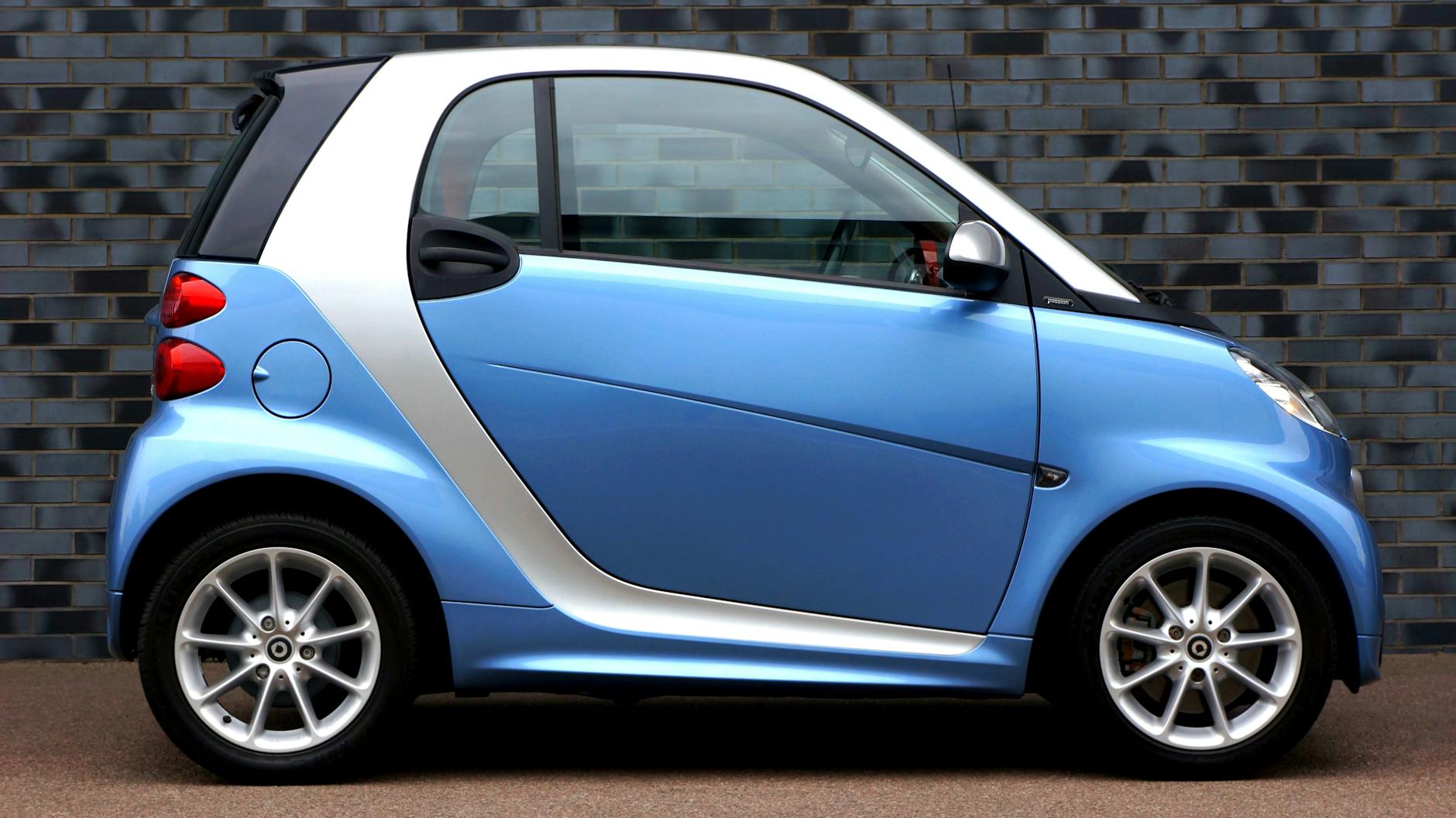
Mastering regenerative braking
Regenerative braking is a key feature of electric vehicles that can significantly extend your EV’s range. This technology converts kinetic energy into electrical energy, effectively recharging your battery while slowing down. To master this technique:
- Anticipate stops: Look ahead and start braking early
- Use one-pedal driving: Lift off the accelerator to engage regen
- Adjust regen strength: Many EVs allow you to customize the level of regenerative braking
By mastering regenerative braking, you can recover up to 20% of your EV’s energy, translating to a considerable increase in range.
Maintaining steady speeds
Keeping a consistent speed is crucial for optimizing your EV’s range. Frequent speed changes can drain your battery faster. Here are some tips:
- Use cruise control on highways
- Avoid tailgating to prevent unnecessary braking
- Plan your lane changes to maintain a steady pace
| Speed (mph) | Range Impact |
|---|---|
| 55 | Optimal |
| 65 | -10% |
| 75 | -20% |
| 85 | -30% |
Reducing unnecessary acceleration
Rapid acceleration is one of the biggest energy drains in an EV. To extend your range:
- Accelerate gradually from a stop
- Use the “pulse and glide” technique on highways
- Anticipate traffic flow to avoid sudden speed changes
Remember, smoother driving not only conserves energy but also enhances safety and comfort.
Planning efficient routes
Strategic route planning can significantly impact your EV’s range. Consider these factors:
- Elevation changes: Uphill climbs consume more energy
- Traffic patterns: Avoid congested areas when possible
- Charging stations: Plan stops at convenient locations
Use EV-specific navigation apps that take these factors into account and provide optimized routes for electric vehicles.
Utilizing eco-driving modes
Most modern EVs come equipped with eco-driving modes that can help extend your range. These modes typically:
- Limit maximum acceleration
- Reduce climate control power consumption
- Optimize regenerative braking
While eco modes may slightly reduce performance, they can increase your range by 5-15% depending on the vehicle and driving conditions.
By implementing these optimized driving techniques, you can significantly extend your EV’s range, reducing range anxiety and maximizing the benefits of electric vehicle ownership. As we move forward, we’ll explore how to maximize your EV’s battery performance, which goes hand-in-hand with these driving techniques to further enhance your electric driving experience.
Maximizing Battery Performance
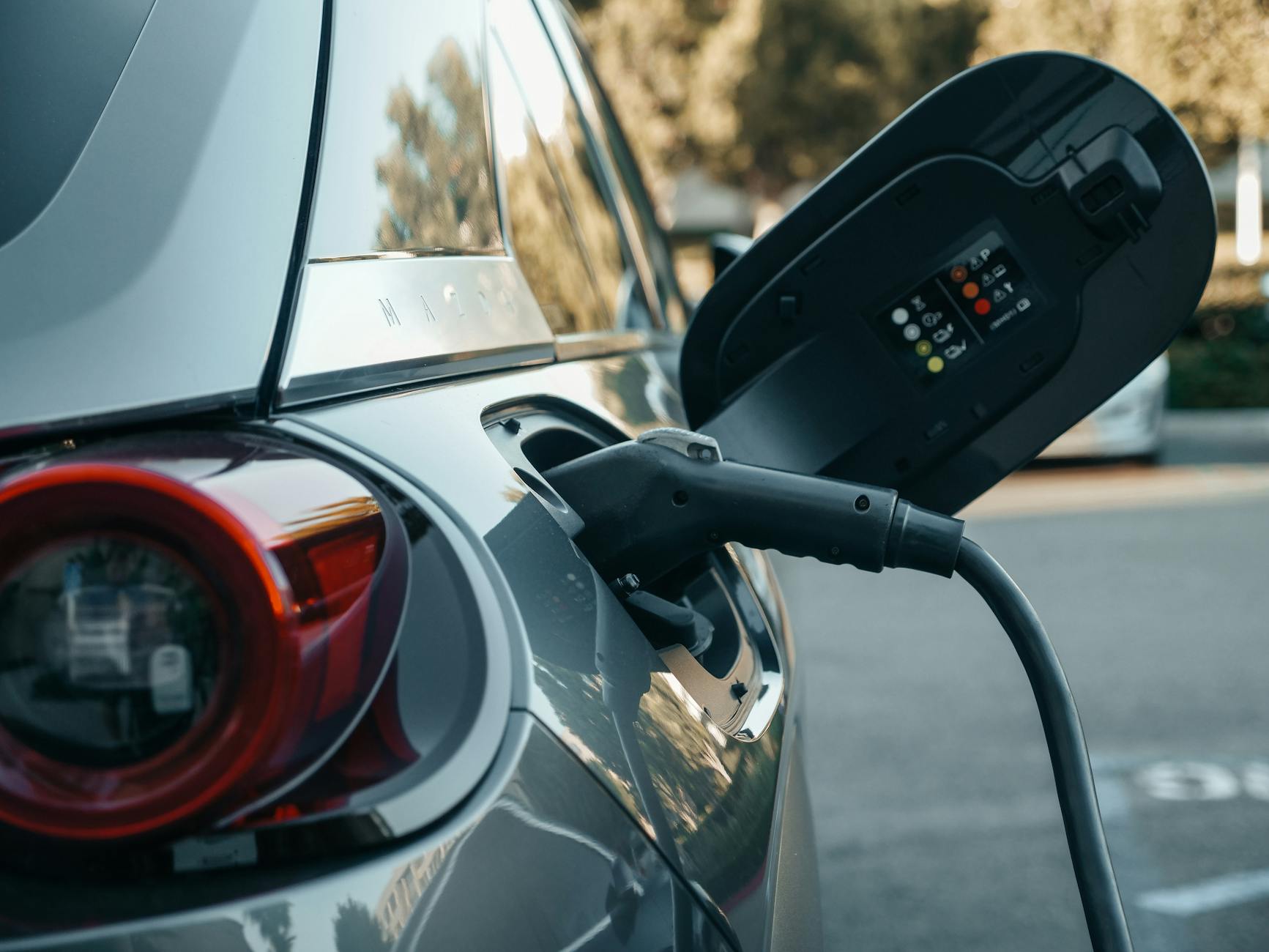
A. Proper charging habits
Maximizing your EV’s battery performance starts with adopting proper charging habits. To extend your electric vehicle’s range and maintain optimal battery health, consider the following best practices:
- Avoid frequent fast charging: While convenient, fast charging can strain your battery over time. Use it sparingly, especially for long trips.
- Keep the battery charge between 20% and 80%: This “sweet spot” helps prolong battery life and maintain efficiency.
- Charge overnight: Take advantage of off-peak electricity rates and cooler temperatures.
- Use scheduled charging: Many EVs allow you to set charging times, optimizing for lower electricity costs and battery health.
| Charging Method | Pros | Cons |
|---|---|---|
| Level 1 (120V) | Gentle on battery, widely available | Slow charging speed |
| Level 2 (240V) | Faster charging, balances convenience and battery health | Requires home installation |
| DC Fast Charging | Rapid charging for long trips | Can degrade battery if used frequently |
B. Optimal temperature management
Temperature plays a crucial role in EV battery performance. Extreme temperatures, both hot and cold, can significantly impact your vehicle’s range. Here are some tips for optimal temperature management:
- Precondition your vehicle: Use your EV’s app or onboard system to warm up or cool down the car while it’s still plugged in.
- Park in shaded or sheltered areas: This helps maintain a more stable battery temperature.
- Use seat heaters instead of cabin heating: They’re more energy-efficient and can help extend your range in colder weather.
- Minimize use of climate control: When possible, rely on natural ventilation to conserve energy.
C. Regular battery maintenance
While EVs require less maintenance than traditional vehicles, regular battery care is essential for maximizing performance and range:
- Keep software up-to-date: Manufacturers often release updates that can improve battery efficiency and range.
- Monitor battery health: Use your vehicle’s onboard diagnostics or a third-party app to track battery degradation over time.
- Address any warnings promptly: If your EV displays any battery-related warnings, consult your manual or a professional immediately.
- Clean battery connections: Ensure the battery terminals are free from corrosion and dirt for optimal performance.
D. Avoiding deep discharges
Consistently draining your EV’s battery to very low levels can negatively impact its long-term health and performance. To avoid deep discharges:
- Plan your trips: Use range estimators and charging station locators to ensure you don’t run out of power mid-journey.
- Set a low battery alert: Many EVs allow you to set a warning when the battery reaches a certain percentage.
- Carry a portable charger: For emergencies, a Level 1 portable charger can provide a small range boost.
- Utilize regenerative braking: This feature helps recapture energy and extend your range, especially in stop-and-go traffic.
By implementing these strategies for maximizing battery performance, you’ll not only extend your EV’s range but also prolong the life of its battery. Remember, every small action contributes to overall efficiency and performance. As we move forward, we’ll explore how technology can further enhance your EV’s range capabilities.
Leveraging Technology for Range Extension

Smart route planning apps
In the era of electric vehicles, smart route planning apps have become indispensable tools for EV drivers looking to extend their range. These apps go beyond simple navigation, offering features specifically tailored to the needs of electric vehicle owners.
One of the key benefits of smart route planning apps is their ability to optimize routes based on charging station locations. By considering factors such as battery level, charging speed, and station availability, these apps can help drivers plan efficient journeys that minimize charging time and maximize range.
Here’s a comparison of some popular EV-focused route planning apps:
| App Name | Key Features | Compatibility |
|---|---|---|
| PlugShare | Extensive charging station database, user reviews | iOS, Android |
| A Better Routeplanner | Detailed trip planning, real-time adjustments | Web, iOS, Android |
| Chargeway | Simplified charging station search, range visualization | iOS, Android |
| EVgo | Real-time station availability, reservations | iOS, Android |
Real-time energy consumption monitors
Real-time energy consumption monitors provide drivers with valuable insights into their vehicle’s performance, helping them make informed decisions to extend their range. These systems typically display information such as:
- Current energy consumption rate
- Estimated remaining range
- Impact of auxiliary systems (e.g., climate control, infotainment)
- Regenerative braking efficiency
By keeping a close eye on these metrics, drivers can adjust their driving style and vehicle settings to optimize energy usage. For example, they might choose to reduce speed or turn off unnecessary electrical systems when energy consumption is high.
Predictive range estimation tools
Predictive range estimation tools take range calculation to the next level by considering various factors that can affect an EV’s performance. These advanced systems use machine learning algorithms and real-time data to provide more accurate range predictions. Some of the factors considered include:
- Driving history and patterns
- Traffic conditions
- Weather forecasts
- Elevation changes along the route
By providing more reliable range estimates, these tools help alleviate range anxiety and allow drivers to plan their trips with greater confidence.
Connected car features for efficiency
Modern EVs are equipped with a range of connected car features that can significantly contribute to range extension. These features leverage the power of the internet and cloud computing to enhance vehicle efficiency. Some notable connected car features include:
- Remote climate control: Allows drivers to pre-condition their vehicle while it’s still plugged in, reducing battery drain during initial driving.
- Over-the-air updates: Enables manufacturers to push software updates that can improve battery management and overall efficiency.
- Eco-routing: Suggests the most energy-efficient route based on real-time traffic and road conditions.
- Smart charging: Optimizes charging schedules based on electricity rates and grid demand, potentially reducing charging costs and improving battery longevity.
By leveraging these technological advancements, EV drivers can significantly extend their vehicle’s range and enjoy a more efficient and stress-free driving experience. As we continue to see improvements in EV technology, we can expect even more innovative solutions to address range concerns and enhance the overall electric driving experience.
Enhancing Vehicle Efficiency
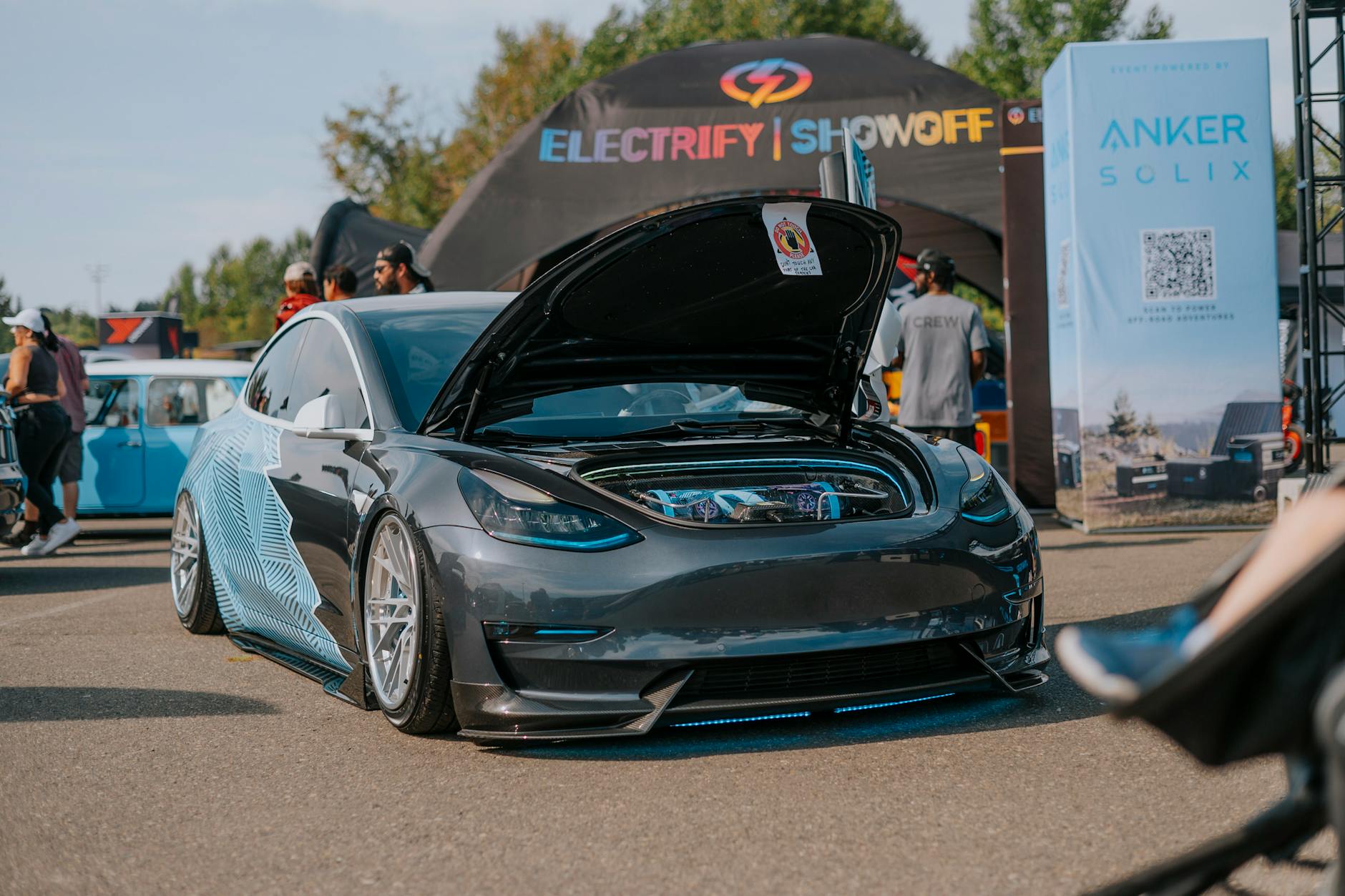
Proper tire inflation and maintenance
Maintaining proper tire inflation is crucial for maximizing your EV’s efficiency and range. Underinflated tires increase rolling resistance, which forces your motor to work harder and consume more energy. Here’s a quick guide to tire maintenance:
- Check tire pressure regularly (at least once a month)
- Inflate tires to the manufacturer’s recommended PSI
- Rotate tires every 5,000-8,000 miles
- Align wheels as needed to prevent uneven wear
| Tire Condition | Effect on Range |
|---|---|
| Properly inflated | Optimal range |
| 25% underinflated | Up to 10% range loss |
| 50% underinflated | Up to 25% range loss |
Reducing excess weight
Every extra pound in your EV reduces its efficiency. Here are some tips to lighten your load:
- Remove unnecessary items from the trunk or cargo area
- Use lighter alternatives for essential items (e.g., compact spare tire)
- Consider removing roof racks when not in use
- Opt for lighter wheels if upgrading
By reducing your vehicle’s weight by just 100 pounds, you can potentially increase your range by 1-2%.
Improving aerodynamics
Aerodynamic drag significantly impacts your EV’s efficiency, especially at higher speeds. Consider these modifications to enhance your vehicle’s aerodynamics:
- Install a front air dam or splitter
- Add side skirts
- Use a rear diffuser or spoiler
- Replace side mirrors with sleek camera systems (if legal in your area)
Remember that even small improvements in aerodynamics can lead to noticeable gains in range, particularly during highway driving.
Upgrading to energy-efficient components
Replacing standard components with more energy-efficient alternatives can boost your EV’s overall efficiency. Some upgrades to consider include:
- LED lighting: Replace halogen or xenon bulbs with LED alternatives
- Low rolling resistance tires: These tires reduce energy loss due to deformation
- Regenerative braking systems: Upgrade to more advanced systems if available
- Lightweight alloy wheels: Reduce unsprung weight for better efficiency
| Component | Potential Range Improvement |
|---|---|
| LED lighting | 1-2% |
| Low rolling resistance tires | 3-5% |
| Advanced regenerative braking | 5-10% |
| Lightweight wheels | 2-3% |
By implementing these vehicle efficiency enhancements, you can significantly extend your EV’s range. Remember that the cumulative effect of multiple small improvements can lead to substantial gains in overall efficiency. As you optimize your vehicle’s performance, you’ll not only increase your range but also reduce your energy consumption and operating costs.
Now that we’ve covered ways to enhance your vehicle’s efficiency, let’s explore how to make the most of charging infrastructure to further extend your EV’s range.
Utilizing Charging Infrastructure
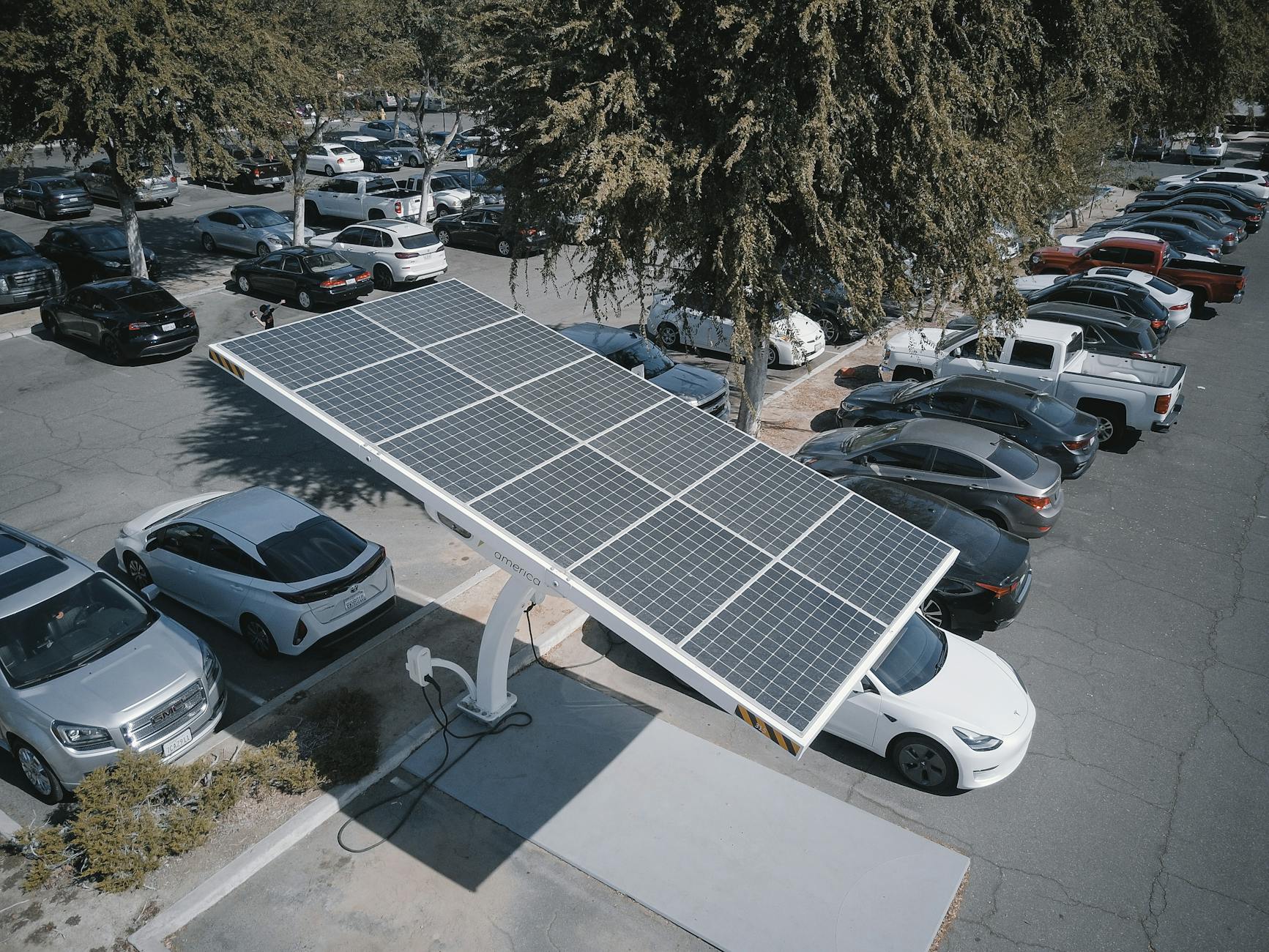
Planning trips around charging stations
When it comes to utilizing charging infrastructure effectively, planning your trips around available charging stations is crucial. This strategy not only reduces range anxiety but also ensures a smoother and more enjoyable journey. Here are some key points to consider:
- Research and map out charging stations along your route
- Use EV-specific navigation apps for real-time information
- Plan stops at strategic locations that align with your battery’s range
- Consider charging station availability and potential wait times
To help you plan your trips more efficiently, here’s a comparison of popular EV trip planning tools:
| App Name | Real-time Updates | Route Optimization | User Reviews | Compatibility |
|---|---|---|---|---|
| PlugShare | Yes | Yes | Extensive | All EVs |
| A Better Routeplanner | Yes | Advanced | Moderate | Most EVs |
| ChargePoint | Yes | Limited | Good | All EVs |
| Tesla Trip Planner | Yes | Tesla-specific | Excellent | Tesla only |
Fast charging vs. slow charging trade-offs
Understanding the differences between fast and slow charging is essential for maximizing your EV’s range and preserving battery health. Let’s explore the trade-offs:
Fast Charging:
- Pros: Quick charging time, ideal for long trips
- Cons: Can generate more heat, potentially affecting battery longevity
Slow Charging:
- Pros: Gentler on the battery, often more cost-effective
- Cons: Time-consuming, less convenient for long journeys
When deciding between fast and slow charging, consider factors such as your travel distance, available time, and battery health priorities. For daily use, slow charging at home or work is often sufficient and better for your battery’s long-term health. Reserve fast charging for long trips or emergencies when you need a quick boost.
Home charging optimization
Optimizing your home charging setup can significantly contribute to extending your EV’s range. Consider the following tips:
- Install a Level 2 charger for faster charging speeds
- Utilize off-peak electricity rates for cost savings
- Implement smart charging systems to automate charging schedules
- Maintain optimal battery charge levels (typically between 20-80%)
By implementing these strategies, you can ensure your EV is always ready for your daily commute while minimizing charging costs and maximizing battery life.
Workplace charging benefits
Workplace charging offers numerous advantages for EV owners:
- Extended daily range without additional stops
- Potential for free or discounted charging
- Reduced dependency on public charging infrastructure
- Opportunity to top up during work hours
If your workplace doesn’t offer EV charging, consider discussing the possibility with your employer. Many companies are now recognizing the benefits of providing this amenity to employees, including improved sustainability credentials and employee satisfaction.
By effectively utilizing charging infrastructure, you can significantly extend your EV’s range and enjoy a more seamless electric driving experience. As we move forward, let’s explore how adapting to seasonal changes can further optimize your EV’s performance and range.
Adapting to Seasonal Changes

Winter driving strategies
When the temperature drops, so does your EV’s range. To combat this, consider the following strategies:
- Pre-condition your vehicle: Warm up your EV while it’s still plugged in to preserve battery charge for driving.
- Use seat and steering wheel heaters: These consume less energy than cabin heating.
- Drive at moderate speeds: Cold air resistance increases at higher speeds, draining the battery faster.
- Plan shorter trips: Cold weather significantly reduces range, so adjust your travel expectations.
| Strategy | Energy Saving Impact |
|---|---|
| Pre-conditioning | High |
| Seat/steering wheel heaters | Medium |
| Moderate speeds | High |
| Shorter trips | Medium |
Summer heat management
Hot weather can also affect your EV’s range. Here’s how to manage the heat:
- Park in shaded areas or use a car cover to reduce cabin heat.
- Pre-cool your vehicle while it’s still charging.
- Use window tints or sunshades to minimize heat absorption.
- Avoid rapid acceleration, which generates additional heat in the battery.
Adjusting climate control usage
Climate control is a significant energy consumer in EVs. Optimize its use with these tips:
- Use eco mode for climate control if available.
- Set the temperature a few degrees higher in summer and lower in winter.
- Utilize the recirculation feature to maintain desired temperature more efficiently.
- Consider using a timer to pre-condition your vehicle before unplugging.
| Season | Recommended Temperature Setting |
|---|---|
| Summer | 75-78°F (24-26°C) |
| Winter | 68-70°F (20-21°C) |
Seasonal maintenance tips
Proper maintenance is crucial for maximizing your EV’s range year-round:
- Check tire pressure regularly: Properly inflated tires reduce rolling resistance.
- Keep your EV clean: A clean vehicle has better aerodynamics.
- Schedule battery health checks: Ensure optimal battery performance in all seasons.
- Update your EV’s software: Manufacturers often release updates that can improve efficiency.
As the seasons change, so should your approach to managing your EV’s range. By implementing these strategies, you can significantly improve your vehicle’s performance and reduce range anxiety throughout the year. Remember that each EV model may have specific recommendations, so consult your owner’s manual for tailored advice. With these seasonal adaptations in mind, you’ll be well-equipped to tackle the challenges that different weather conditions present to your electric vehicle’s range.
